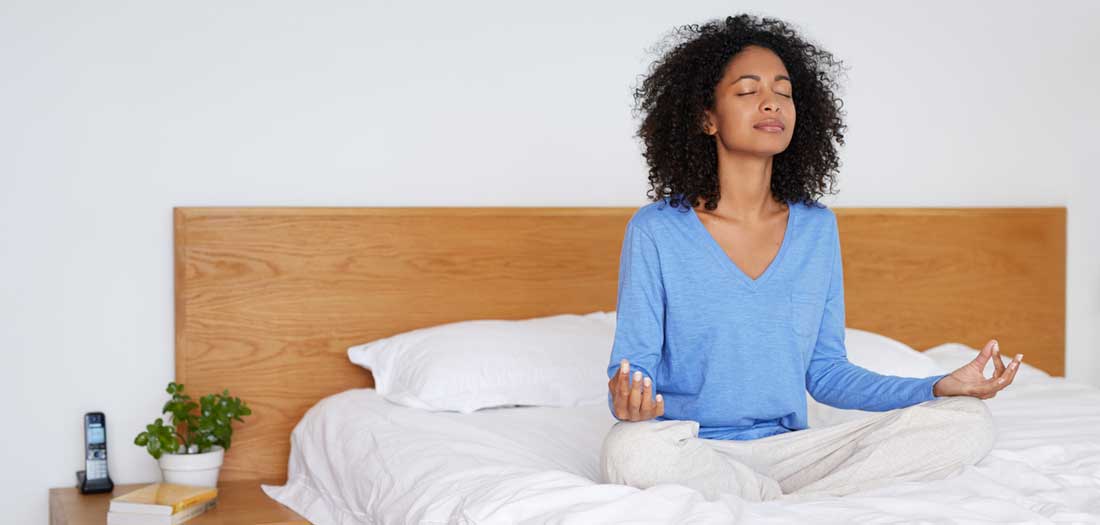The holidays are synonymous with joyous festivities—special time spent enjoying the company of family and friends (and perhaps also some of your favorite foods). Yet for many people this particular time of year can produce feelings of stress and anxiety as they try to balance busy schedules filled with shopping escapades, gift-giving gatherings and time-consuming travel on top of already long lists of day-to-day responsibilities.
If you find yourself feeling a bit overwhelmed in the weeks ahead, consider giving yourself the greatest gift of all—a moment each day for meditation. Meditation essentially is a practice in presence—a non-judgmental state of heightened awareness centered on the here and now. As such, there is no “right” or “wrong” way to meditate. Rather, this mindful practice can take many different shapes and forms depending on what serves your well-being most optimally, whether that means sitting in stillness or walking with intention.
While meditation may include the use of specific breathing techniques, mantras or sounds, your personal practice need not be complex, confining or complicated. Rather, you can cultivate a sense of calm and peace and nourish your body, mind and spirit this holiday season by simply putting these guiding principles into practice.
Awaken awareness: A meditation practice centers on consciousness. Initiate this process of bearing witness to what is happening around you as well as what is happening within you. Resist feeling the need to change anything about the present moment; rather, just allow yourself to slowly acknowledge and become more in tune with what is transpiring here and now.

Get grounded: To facilitate this internal exploration, consider ways in which to root down into your own experience. While meditation is often thought of as being practiced in a seated position, whether sitting cross-legged or on top of the heels, you may choose to explore any static or dynamic option that best suits your personal practice. This may include, but is not limited to, assuming a supine or side-lying position or a grounding yoga posture like child’s pose. You could also take a mindful approach to a common form of movement, such as walking, hiking, cycling or swimming.
Invite introspection: Meditation provides a safe space in which to examine and reflect on your thoughts and feelings, without judgment or expectation. By providing this welcome invitation to truly look within yourself, you can begin to better understand your current mental and emotional state, as well as tap into what truly speaks to your soul.
Favor fluidity: A meditation practice is much like life in that it is dynamic and ever changing. Choose to be flexible in your approach from day to day and from moment to moment, embracing this notion of “going with the flow.” One way in which to help keep this sense of fluidity front of mind in your meditation practice is to focus on the continual movement of the breath. As if each inhalation were a gentle wave washing up onto the shore, and each exhalation the water retreating and releasing back out to sea, simply observe the continual journey of the breath in and out of the body.
Take time: Whether you have one minute or one hour, allow yourself time to tune in and be fully present in your practice. It doesn’t matter if it’s first thing in the morning, right before you go to bed at night, or sometime during your workday, truly value the precious time that you devote to meditation by choosing to be fully immersed in this transformative process of self-discovery.
 by
by 













 by
by